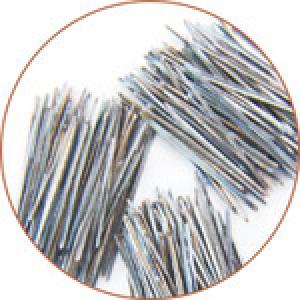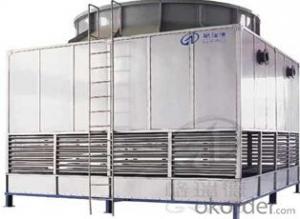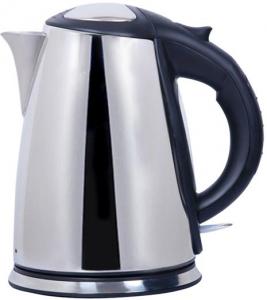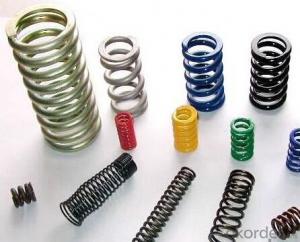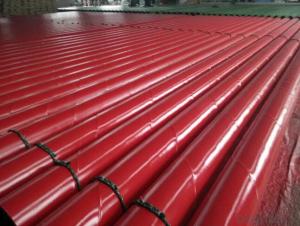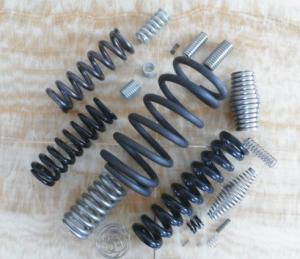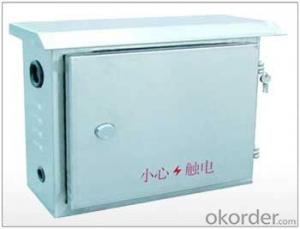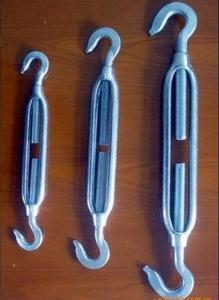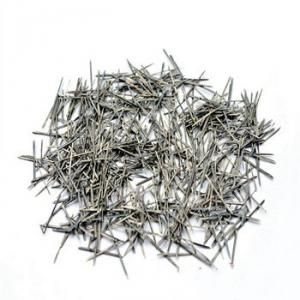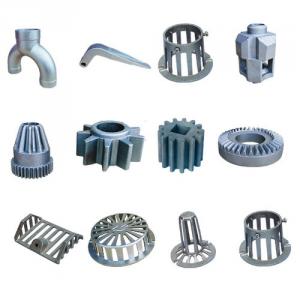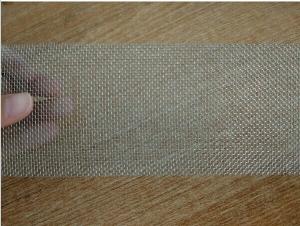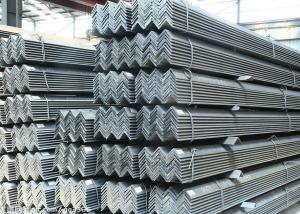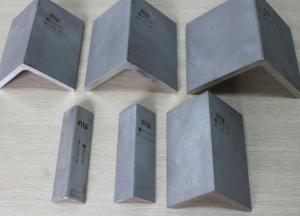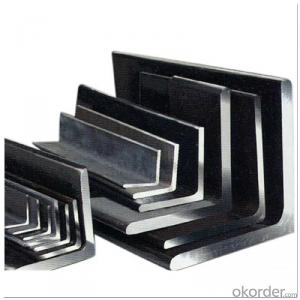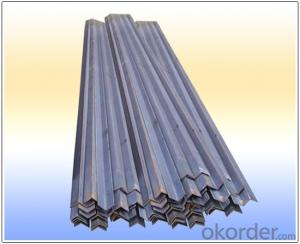Emissivity Of Stainless Steel
Emissivity Of Stainless Steel Related Searches
Conductivity Of Stainless Steel Density Of Stainless Steel Stainless Steel Conductivity Properties Of Stainless Steel Toxicity Of Stainless Steel Stainless Steel Density Stainless Steel Corrosion Stainless Steel Oxidation Hardness Of Stainless Steel Stainless Steel Strength Density Stainless Steel Passivation Of Stainless Steel Weight Of Stainless Steel Stainless Steel Properties Stainless Steel Passivation Stainless Steel As A Conductor Cost Of Stainless Steel Stainless Steel Fabrications Melting Temp Of Stainless Steel Stainless Steel Yield Strength Stainless Steel Hardness Stainless Steel Elements Melt Point Of Stainless Steel Stainless Steel Tarnishing Tarnishing Stainless Steel Stainless Steel Mohs Hardness Stainless Steel Electrodes Stainless Steel Piping Stainless Steel Refrigeration Stainless Steel MetalsEmissivity Of Stainless Steel Supplier & Manufacturer from China
Emissivity of Stainless Steel is a key characteristic that measures the ability of stainless steel surfaces to emit thermal radiation. This property is crucial in various industrial applications, such as heat exchangers, furnaces, and other high-temperature processes where efficient heat transfer is essential.The application of Emissivity of Stainless Steel is widespread, as it plays a significant role in determining the efficiency of heat transfer in numerous industries. In scenarios where precise temperature control and energy conservation are necessary, understanding and optimizing the emissivity of stainless steel components can lead to improved performance and reduced energy consumption. This makes it an important factor to consider when designing and manufacturing equipment that operates under high-temperature conditions.
Okorder.com is a reputable wholesale supplier of Emissivity of Stainless Steel products, boasting a large inventory that caters to the diverse needs of various industries. By offering a comprehensive range of stainless steel products with varying emissivity values, Okorder.com ensures that customers can find the most suitable materials for their specific applications. This extensive selection, combined with competitive pricing and reliable customer service, makes Okorder.com a preferred choice for businesses seeking high-quality stainless steel products.
Hot Products






